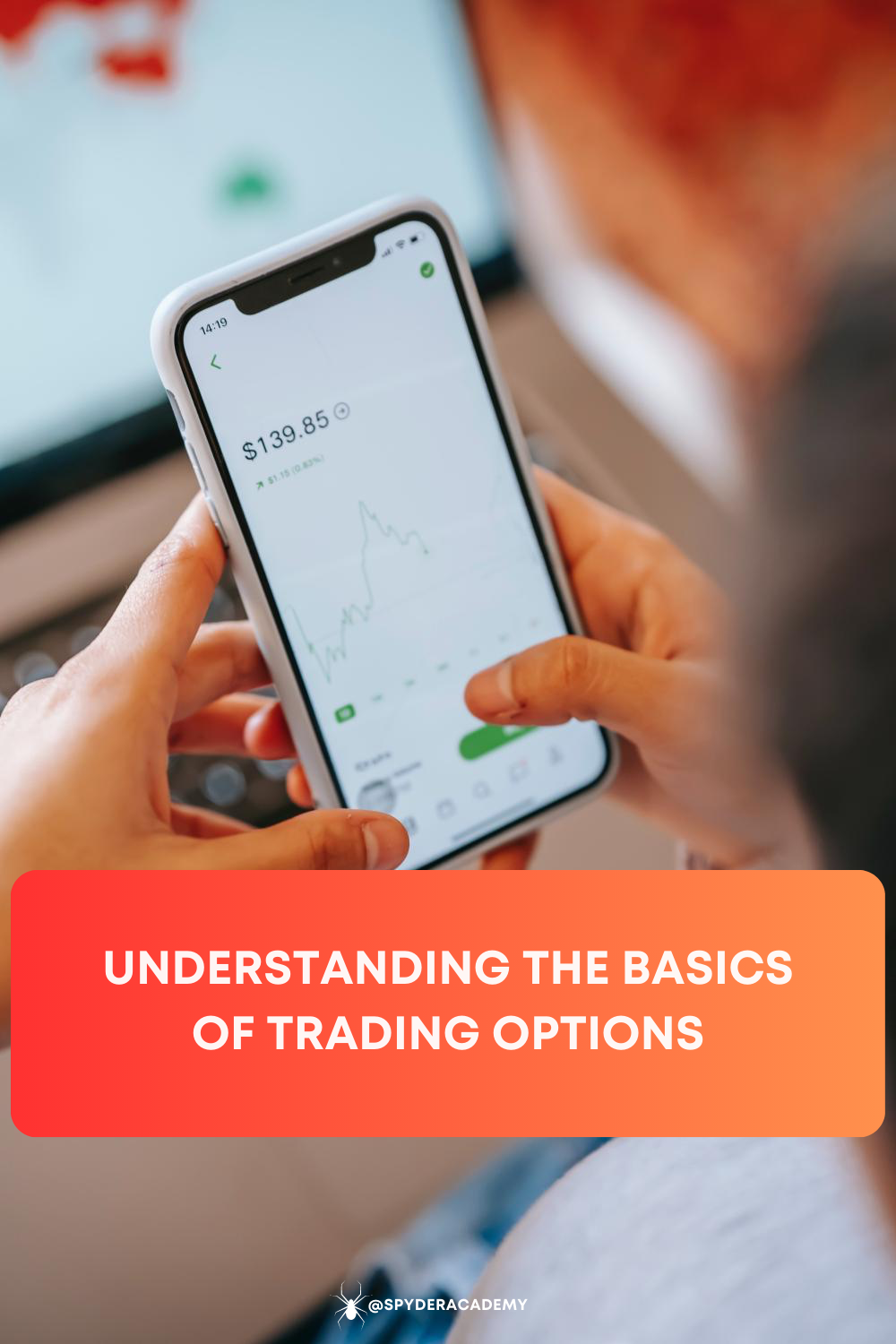Options are financial derivatives that give buyers the right, but not the obligation, to buy or sell an underlying asset (often shares of stock) at a set price, within a specified period.
There are two types of options: calls and puts.
Please note, this is a complex topic with inherent risks, and it’s important to fully understand the mechanics and potential consequences before engaging in options trading.
Understanding Call and Put Options
- Call Options: Buying a call option gives you the right (but not the obligation) to buy the underlying security at a predetermined price (the strike price) within a certain time frame (before the expiration date). Traders buy call options when they believe the price of the underlying asset will increase.
- Put Options: Buying a put option gives you the right (but not the obligation) to sell the underlying security at the strike price before the expiration date. Traders buy put options when they believe the price of the underlying asset will decrease.
Options Building Blocks
- In-the-Money, At-the-Money, and Out-of-the-Money Options: These terms refer to the relationship between an option’s strike price and the current price of the underlying asset.
- Option Greeks: These are measures of risk involved in an options contract. They are denoted by Greek letters and include delta, gamma, theta, vega, and rho.
- Implied Volatility: This is a measure of how much the markets think the price of a security will move over the life of the option.
- Option Chains: This is a listing of all available option contracts, both puts and calls, for a given underlying security.
- Exercising Options: This involves deciding whether to buy/sell the underlying asset or to let the option expire worthless.
- Options Settlement: This involves understanding the process and implications of settling an option contract, which can be physically settled (delivery of the underlying asset) or cash-settled.
Options Pricing
Option prices, also known as premiums, are influenced by a number of factors:
- Underlying Price: The price of the underlying asset directly influences the price of the associated option.
- Strike Price: The price at which the option allows you to buy or sell the underlying asset.
- Time to Expiration: The time remaining until the option contract expires. Generally, the more time remaining until expiration, the higher the premium.
- Volatility: The price fluctuation of the underlying asset. Higher volatility usually leads to higher premiums because it suggests a greater possibility for profitable trades.
- Interest Rates: Higher interest rates increase the cost of holding an option and, therefore, the premium.
Options Trading Strategies
There are many strategies in options trading, ranging from simple to complex. Here are a few examples:
- Covered Call: This strategy involves owning the underlying asset and selling a call option on that asset. It’s used to generate income from the option premium.
- Protective Put: This strategy involves owning the underlying asset and buying a put option. This is done as an insurance against a decrease in the asset’s price.
- Bull Spread: This strategy involves buying and selling two options of the same type that have the same expiration but different strike prices. It is used when a moderate rise in the price of the underlying asset is expected.
- Bear Spread: Similar to the bull spread, but used when a moderate fall in the price of the underlying asset is expected.
- Straddle: This strategy involves buying a call and a put option on the same asset with the same strike price and expiration. It’s used when you expect a big move in the asset’s price but are unsure of the direction.
Risks and Rewards of Options
Options can be used for hedging, income generation, and directional betting, but they come with risks. For buyers, the risk is limited to the premium paid, but they can lose this entire investment if the option expires worthless. Sellers, on the other hand, have potentially unlimited risk because they’re obligated to buy/sell the underlying asset at the strike price if the buyer decides to exercise the option.
Options trading requires a good understanding of the stock market, the specific security, and the contract itself. It’s important to know your risk tolerance and investment goals before diving into options trading.
Remember, options trading is not suitable for all investors due to the inherent risks, and it’s recommended to practice and study extensively before engaging in options trading.




